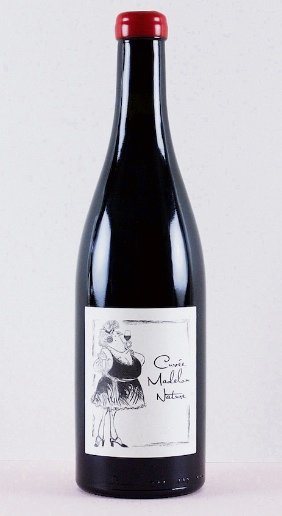The Drinks Master: A guide to the wines of the lesser-known Jura region, France’s best kept wine secret
Often, when I talk about the region of Jura, the reaction is, “Oh, that nice little Scottish island famous for smoky whisky?” But the Jura I’m passionate about is the lush, verdant sub-Alpine region of eastern France, nestled in the shadow of the Swiss Alps, about 50km east of its more famous vinous cousin, Burgundy.
Unique, vibrant and pure, wines from the Jura taste like nothing else in the world. Alongside the well-known grapes of Chardonnay and Pinot Noir, you’ll find the obscure varieties of Trousseau, Poulsard and the fascinating Savagnin. The first two produce red wines — Poulsard is the lighter of the two, while Trousseau has more of a tannic swagger and a smoky, red fruit character.
At Levan, our restaurant in Peckham, we have a two-page focus on wines from the Jura where you can find Stéphane Tissot. His 2016 Amphore Trousseau (amphorae are ancient clay vessels used to store and age wine) has depth and complexity, exploding with red fruit, fresh earth and energy. It’s a stunning wine that gives many of the revered Burgundian masters a run for their money.

A bottle of Jean-Francois Gavenat wine
Savagnin (distant relative of the slightly more famous Sauvignon Blanc) is perhaps the most intriguing grape of the trio. Famed sommelier Rajat Parr describes it in his new book, The Sommelier’s Atlas of Taste, as an “incredibly intense and impressive dry white table wine”.
What makes it so interesting is the way the winemakers of Jura approach it. Savagnin can be made in two distinct ways — ‘ouille’ or topped up, a method of adding more wine to the wine barrel to prevent oxidization, or under a veil of flor (a layer of yeast, which is very similar to the way sherry is made) known as ‘sous-voile’.
I still remember my first Savignan sous-voile from Domaine Labet; its rich, nutty nose and racy citrus acidity underpinned by a savoury, mineral finish was mind blowing.
Vin Jaune takes this style a step further, ageing the wine in a barrel, under-flor for a minimum of six years, which produces a powerful and memorable wine, often with intense buttery and salty notes.
But the best way to get to know wine is to drink it. So it’s worth exploring classic winemakers such as Lucien Aviet and Henri Maire, or hunting down cult heroes Pierre Overnoy and Jean-Francois Ganevat for their bio-dynamic and natural approach.
My favourite young vignerons are Valentin Morel and Thomas Popy, and when I want super fun and experimental, I drink the wild wines of L’Octavin. Any of these fantastic producers will give you a snapshot of the rich diversity and beauty of this region’s wines.